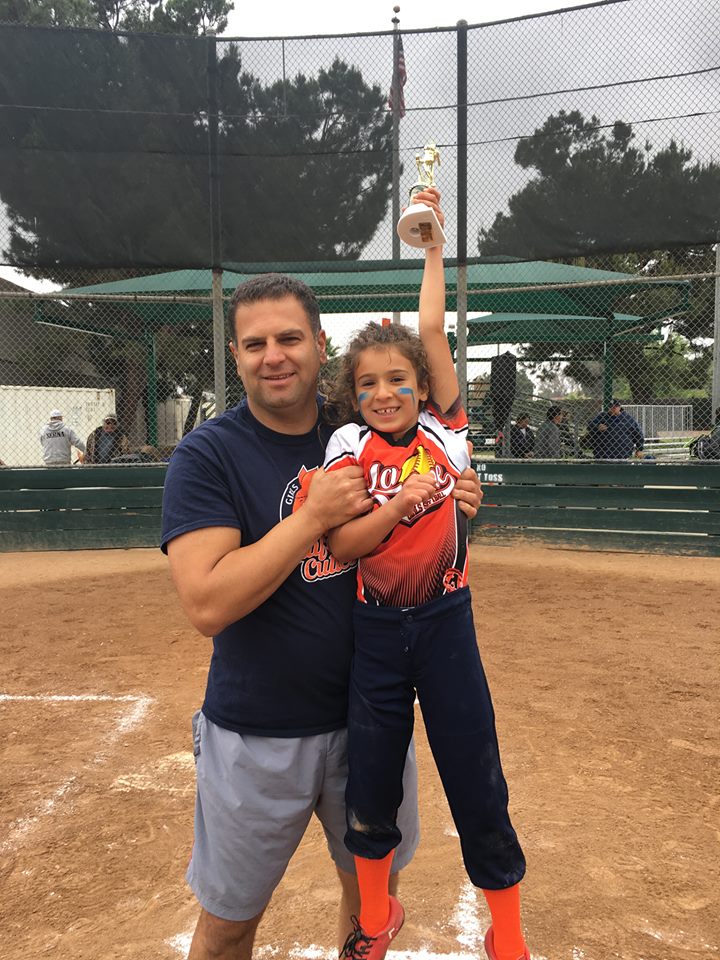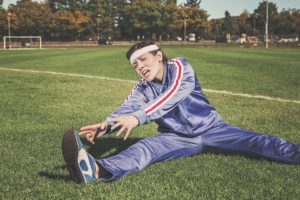La Verne kid sports performance can improve in as easy as six steps.

6 Tips for Improving La Verne Kid Sports Performance
(1) Youth Sports Chiropractic Care
Between workouts, practices, and games, an athlete’s body takes on a lot of stress. It’s subsequently no surprise that many suffer from chronic pain which ultimately leads to serious injuries and depleted sports performance.
One of the most common causes of aches, pains, and injuries is body asymmetry (i.e. one side may be stronger or more flexible compared to the other). However, a chiropractic adjustment can properly align the body and soft tissue work can reduce any tensions. As a result, kids will notice improved sports performance, less cramps and spasms, as well treated pains, strains, and sprains.
Chiropractic care is so beneficial for helping an athlete improve sports performance and maximize recovery that many college and professional sports team have chiropractors on staff.
(2) Practice Under Game Elements
Every sport has its required key skills. For instance, soccer requires maneuvering, trapping, and kicking a ball. Basketball requires dribbling, passing, and shooting. Baseball entails throwing, hitting, and catching. Football involves passing, kicking, and catching. Practicing and improving upon the required skills is essential.
However, a lot of times there’s a disconnection between the skills learned during practice and what is performed during a game. During practice kids tend to work at a slower and more relaxed pace. However, during a game, kids are required to apply these skills quickly under fatigue and competitive pressure. Accordingly, children should be taught to not only perform the required skills well, but they should practice it at speed under elements of fatigue and competitive pressure.
(3) Practice Around Advanced Athletes
One of the best ways to improve at sports skills is by watching advanced sports practices. For instance, if the child is a freshman in high school, they can watch the JV players’ practice. Or if they’re JV, they can watch varsity’s practice. Such exposure will plant a vision of what improved skills and techniques look like and subsequently the child athlete can then aspire towards ideal skills.
In addition, when learning anything new, gaining exposure from multiple sources helps take the learning process into an entirely new level. For instance, while a child can learn a lot from their coach, they also may not understand or learn everything. Exposure to other teaching sources can help fill in the gaps, teach the same skills but with other techniques, and provide additional touch-points to strengthen one’s knowledge. Accordingly, while watching advanced practices, the kids can listen to the their coaches and watch the players implement what’s taught. Likewise, if advanced practices are unavailable, expose kids to all the resources available online (i.e. you tube).
(4) Cross-Training
When sports season is over, many young athletes return to a less active lifestyle and consequently reduce their fitness and activity level. To prevent this, encourage your children to cross-train in other sports and activities during off-seasons. This will encourage year-round physical activity, play, and help increase their overall strength.
In addition, since it will be a different sport, it will help prevent physical and mental burnout while allowing the body time to rest and recover. It further provides a child the opportunity to test out different sports and discover what they truly enjoy. Moreover, cross-training teaches kids new skills to apply and improve their performance for their on-season sport.
(5) Proper Nutrition
A major contributing factor to a child’s sports performance is nutrition. Unfortunately, many families live a life on the go and drive-thru’s have become a staple of a child’s menu. However, while fast-food is convenient, it also comes with additives and preservatives which are damaging to an athlete.
Instead, make a conscious effort to feed a child proper ratios of carbohydrates, protein, and fats. The carbohydrates will fuel the body and break down into glucose to fuel the nervous system, brain, and muscles, the protein will help the muscles and tissues grow and repair, and the healthy fats will help an adolescent with growth and functioning by delivering essential vitamins, minerals, and nutrients.
While a diet comprised of 60% carbs (i.e. grains, fruits, and veggies), 20% proteins (i.e. lean meats, skinless poultry, fish, eggs, and soy), and 20% fats from natural food sources (i.e. meat, fish, dairy, olive oil, coconut oil, and nuts) are suggested, an evaluation with Dr. Mehr can help decipher the best ratio for optimal performance as nutrition is an area in addition to sports chiropractic care which the Doctor specializes in.
On a similar note, since water comprises approximately up to 70% of a child’s body and they also produce more metabolic heat, a child should turn to water as their primary hydration source. The water not only will act as a cooling agent and hydrate the body, but it will carry nutrients and oxygen to the cells and protect vital organs. At least four to eight ounces of water for every 15 to 20 minutes of physical activity can be beneficial. Children partaking in more than 60 to 90 minutes of physical activity during a single session can also consider sports drinks to take advantage of the electrolytes. These will help regulate the child athlete’s nerve and muscle functions, hydrate, and replace electrolytes lost through sweating, all helping improve kid’s sports performance.
(6) Sleep
During sleep, a child’s growth hormones are released. This helps stimulate and repair muscles and tissue, burn fat, repair and recover the body, as well as build strong bones. While the National Sleep Foundation recommends 8.5 to 9.25 hours of sleep a night for a child 10 to 17 years of age, the fact is that in between all the school, homework, studying, sports commitments, family errands, and driving around, a child in reality averages 7 to 7.5 hours. Consequently, the lack of adequate sleep places stress on the body and produces the stress hormone known as cortisol. Cortisol can lead to weight gain, lower immunity, reduce bone density, interfere with learning and memory, as well as hinder recovery time and muscle tissue growth.
There you have it, six tips to help improve a La Verne kid sports performance (or any city for that matter). Again, if you do have a little athlete, Dr. Mehr’s youth sports chiropractic care in La Verne, CA can not only help optimize your athlete’s body and physical abilities, but can help improve their performance for the long run. To learn more about La Verne kid sports performance or to schedule an appointment, contact our office.

